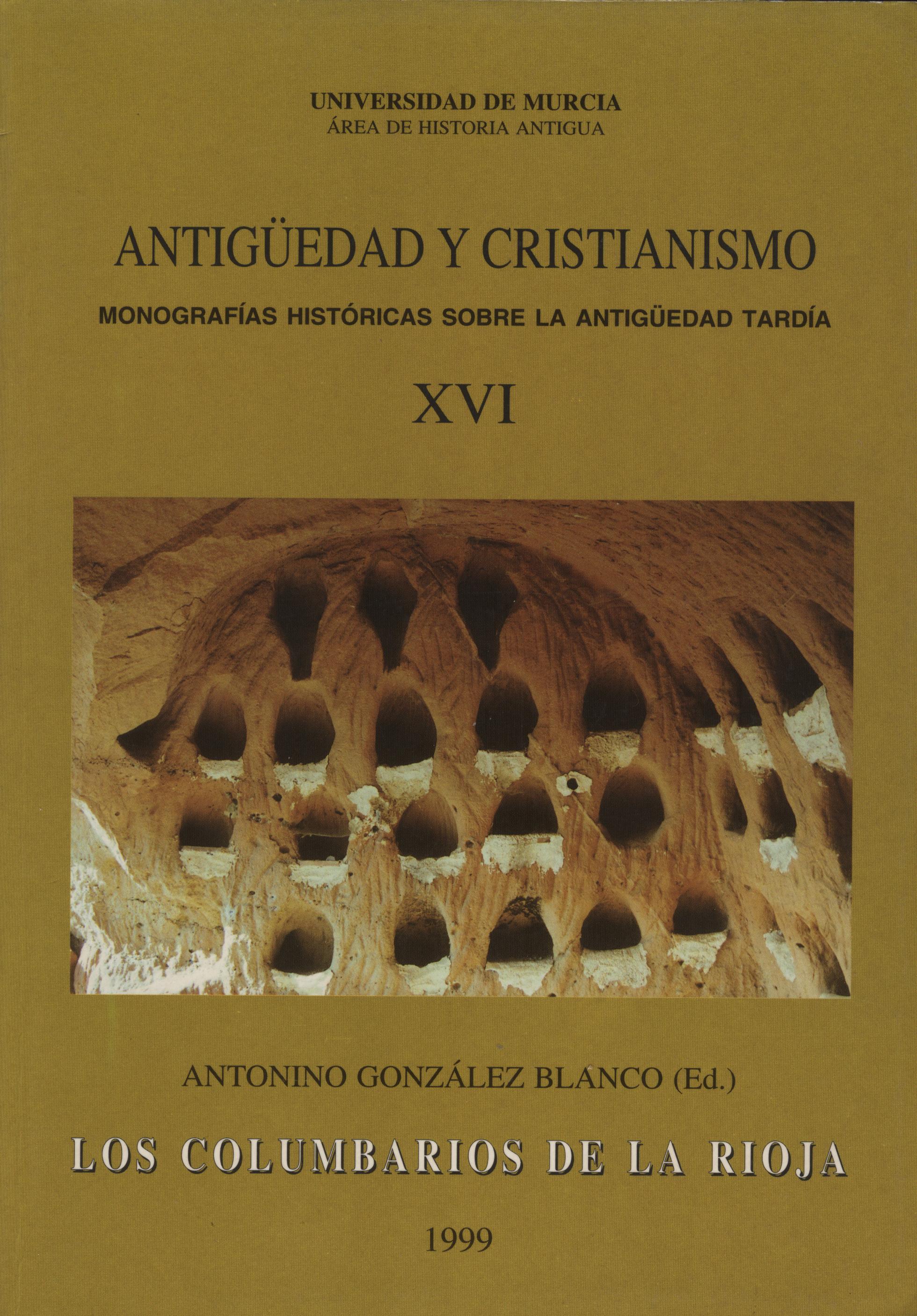EL PUNTO DE PARTIDA: LOS COLUMBARIOS CLÁSICOS
Abstract
In this first contact with the classic dovecotes a review made of the subject include a general definition of the term «colurnbario» and takes a look at the problems produced by the use of this term. This analysis begins with the predecessors, origin and first examples and continues, following the track to those located in the westem part of the Empire. Special emphasis is given to those situated in Rome, therefore italic, and above all the Hispanic ones. In general, their basic characteristics will be detailed not only during their maximum development and monumentality, but also in the moments which they tend to disappear and there is an evolution towards the practice of the inhumation. Our modest objective is that all can acquire a sufficient base so as to be able to understand the morphologic and functional evolution that these monuments can undergo a posteriori.Downloads
-
Abstract782
-
PDF (Español (España))421
1. The authors non-exclusively assign the exploitation rights (reproduction, distribution, communication and transformation) to the magazine.
2. The works published in this magazine are subject to the Attribution-ShareAlike 4.0 International license (CC By SA 4.0). Therefore, they can be copied, used, disseminated, transmitted and publicly displayed, provided that:
i) the authorship and the original source of its publication (journal, editorial and URL of the work) are cited, thus allowing its recognition.
ii) it is allowed to remix, transform or create from the material while maintaining the same license as the original.
Note: Articles prior to 2022 incorrectly display the CC by SA license in the abstract page. They are under a CC by NC ND license as embedded in the article pdfs. Articles published in 2022 and after are under the CC by SA license.

3. Self-archiving conditions. Authors are allowed and encouraged to electronically disseminate the pre-print (version before being evaluated) and/or post-print (version evaluated and accepted for publication) versions of their works before publication, as it favors their publication. Earlier circulation and diffusion and with it a possible increase in its citation and reach among the academic community. Color RoMEO: verde.
























